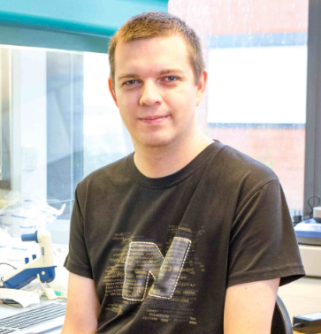Various kinds of nanomaterials such as gold nanoparticles, carbon nanotubes or graphene are recently finding their application in practical life. The team of nanobiotechnology and biosensor experts from CEITEC MU and Faculty of Science has recently published a comprehensive review in the prestigious journal Chemical Reviews (impact factor 47.9) summarizing the application of nanomaterials in immunochemical biosensors. The paper comprehensively describes the synthesis and properties of individual kinds of nanoparticles, the transducers used in biosensing applications, and their applications in clinical analysis (markers, pharmaceuticals and tumor cells) and in the detection of pathogenic microorganisms, toxic agents, and pesticides in the environmental field and food products. The topic closely follows the research aims of the Nanobiotechnology Research Group, that synthesizes advanced nanomaterials such as photon-upconverting nanoparticles or nanocrystalline coordination polymers and applies them for the detection of clinical biomarkers and environmental pollutants.
"This is a comprehensive work that included all common types of nanoparticles and sensors and also divided them according to the type of analyte. Other scientists can easily find out what's more suitable, for example, for detecting bacteria in milk and for monitoring pesticides in surface waters," explains Zdeněk Farka, PhD student, one of authors and member of research groupl








